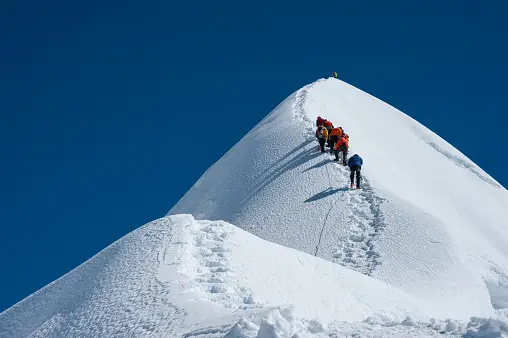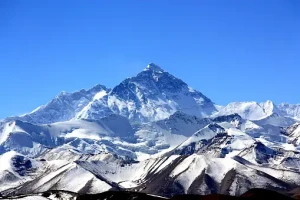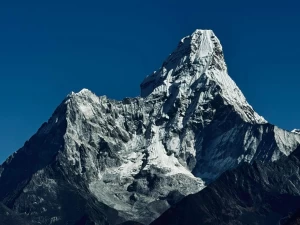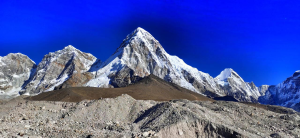
News & Blog
Introduction
For those seeking an off-the-beaten-path adventure in the Himalayas, the Manaslu region of Nepal offers an unparalleled trekking experience. Dominated by the majestic peak of Manaslu, the eighth highest mountain in the world, this region promises stunning natural beauty, rich cultural encounters, and a sense of serenity that is increasingly rare in today’s well-trodden trails.
Why Trek in the Manaslu Region?
The Manaslu region, opened to trekkers in 1991, is known for its rugged landscapes and remote villages. Less commercialized than other trekking destinations in Nepal, it provides a more authentic and tranquil experience for adventurers.
Stunning Mountain Views: The trek offers close-up views of Manaslu (8,163 meters) and other spectacular peaks like Himlung Himal, Cheo Himal, and Kang Guru. The scenery varies from lush subtropical forests to stark alpine terrains, all framed by towering snow-capped mountains.
Cultural Richness: The Manaslu region is home to a mix of ethnic groups, including Gurung and Tibetan communities. Trekkers can visit ancient monasteries, witness traditional Buddhist ceremonies, and stay in villages where life has remained unchanged for centuries.
Biodiversity: The Manaslu Conservation Area protects a diverse range of flora and fauna. Trekkers might encounter wildlife such as the elusive snow leopard, blue sheep, and a variety of bird species.
The Manaslu Circuit Trek
The Manaslu Circuit Trek is the most popular trek in the region, offering a comprehensive journey through this remote and beautiful landscape. Here’s an overview of what to expect:
Duration and Route: The trek typically takes around 14-18 days, covering a distance of approximately 177 kilometers. The route starts at Soti Khola and follows the Budhi Gandaki River, ascending gradually through terraced fields and dense forests to reach the higher alpine zones. The highest point is the Larkya La Pass (5,135 meters), offering breathtaking panoramic views.
Highlights
Larkya La Pass: The challenging but rewarding crossing of Larkya La is the highlight of the trek. The pass is known for its stunning views of Manaslu and surrounding peaks.
Sama Gaon: This picturesque village is a cultural highlight, home to the ancient Pungyen Monastery and close to the Manaslu Base Camp.
Diverse Landscapes: From the subtropical forests and rice paddies of the lower region to the arid, high-altitude terrain near the pass, the trek showcases a variety of landscapes.
Preparing for the Manaslu Trek
Best Time to Visit: The best seasons for trekking in the Manaslu region are pre-monsoon (March to May) and post-monsoon (September to November). During these periods, the weather is generally stable, and the mountain views are clear.
Permits and Regulations: Trekking in the Manaslu region requires several permits, including the Manaslu Restricted Area Permit, the Annapurna Conservation Area Permit (ACAP), and the Manaslu Conservation Area Permit (MCAP). A registered guide is mandatory due to the region’s restricted status.
Physical Preparation: The Manaslu Circuit is a challenging trek requiring good physical fitness. Regular cardiovascular and strength training, along with practice hikes, will help prepare your body for the demands of the trek.
Packing Essentials: Important items include sturdy trekking boots, a warm sleeping bag, layered clothing, a down jacket, a first-aid kit, and water purification methods. Due to the remoteness, it is advisable to bring extra snacks and personal comfort items.
Conclusion
The Manaslu region offers a unique and enriching trekking experience that combines awe-inspiring natural beauty with deep cultural immersion. Whether crossing the high Larkya La Pass, exploring traditional villages, or simply soaking in the serenity of the Himalayas, the Manaslu Circuit promises an adventure of a lifetime.




